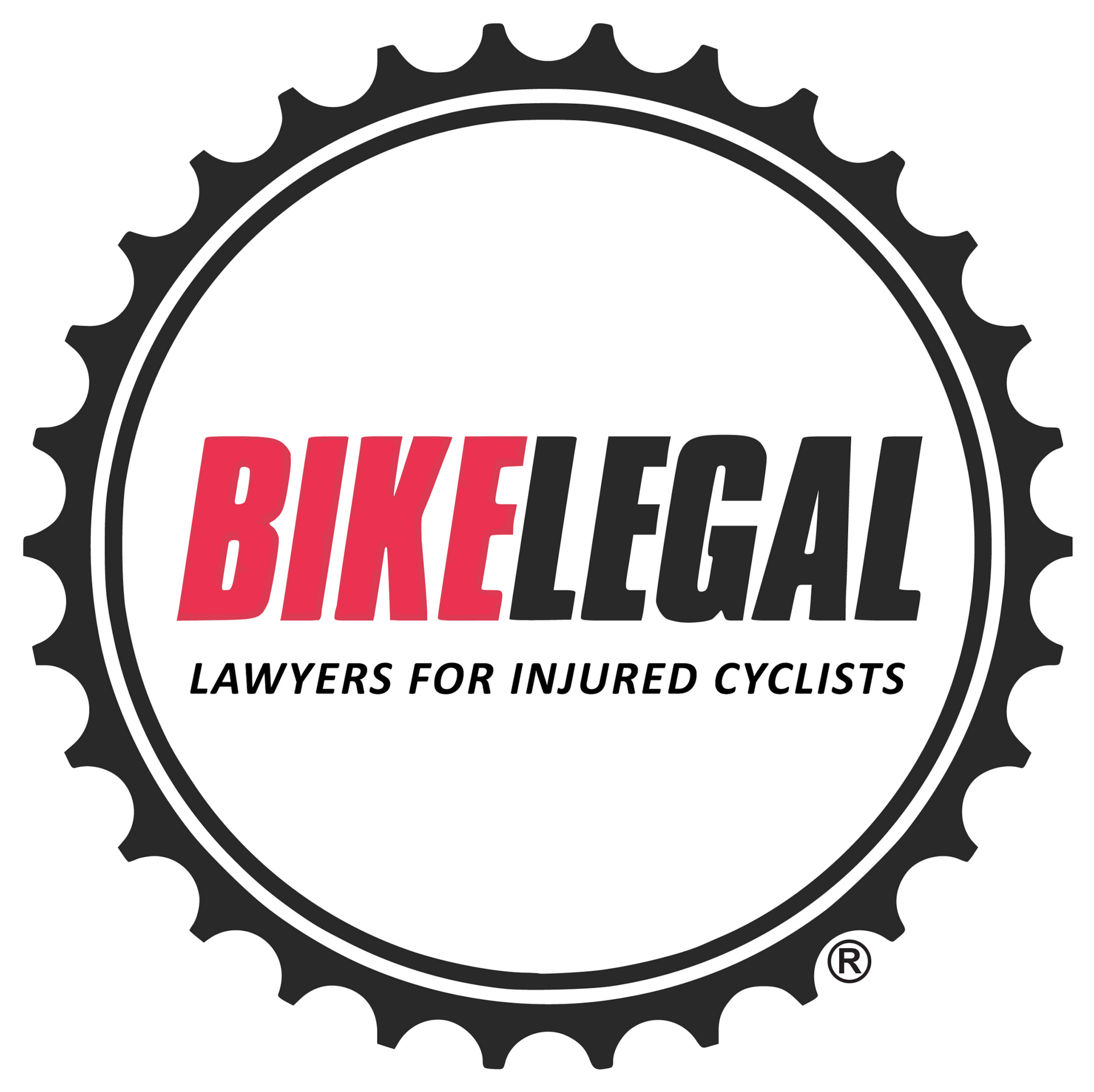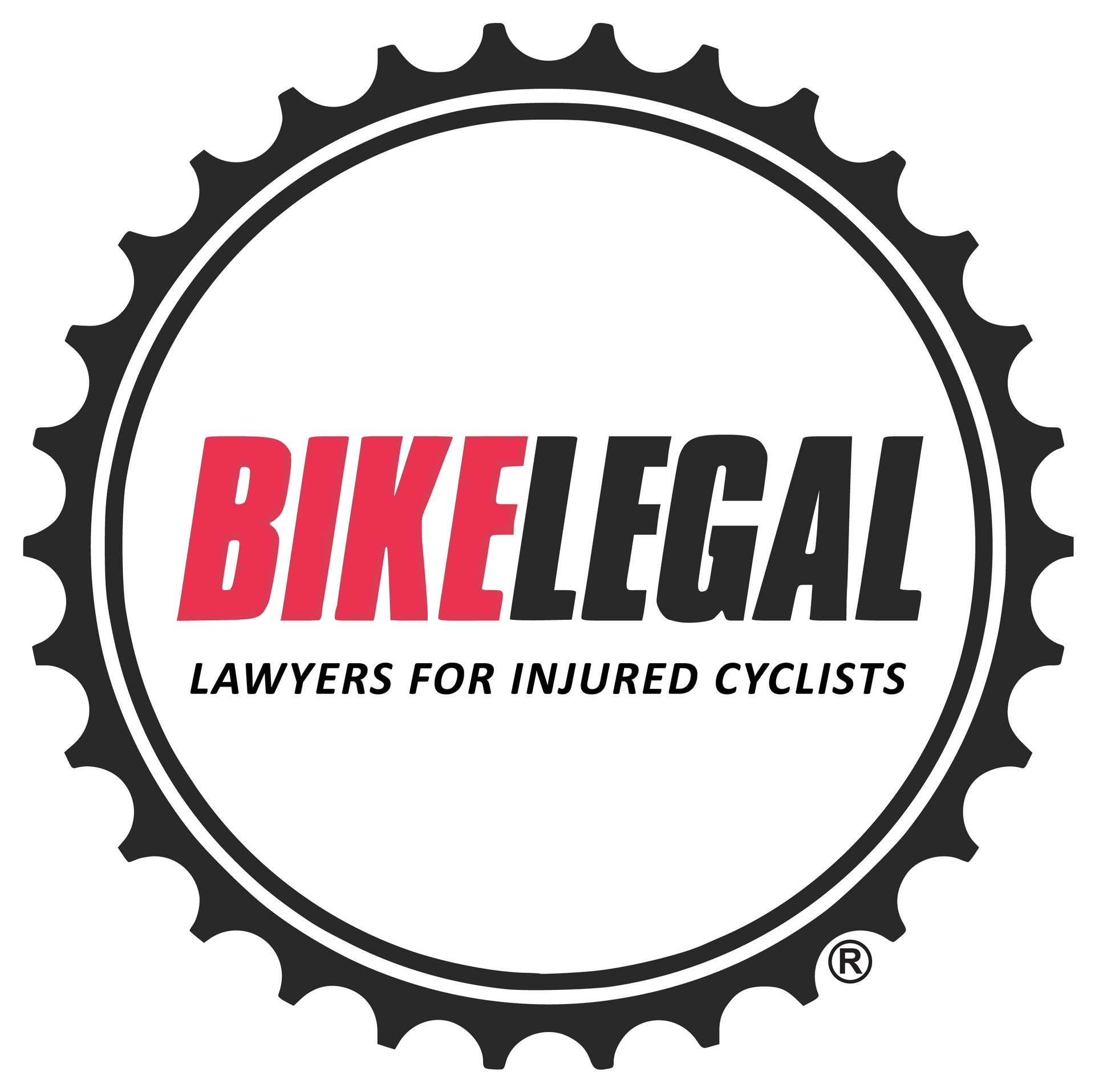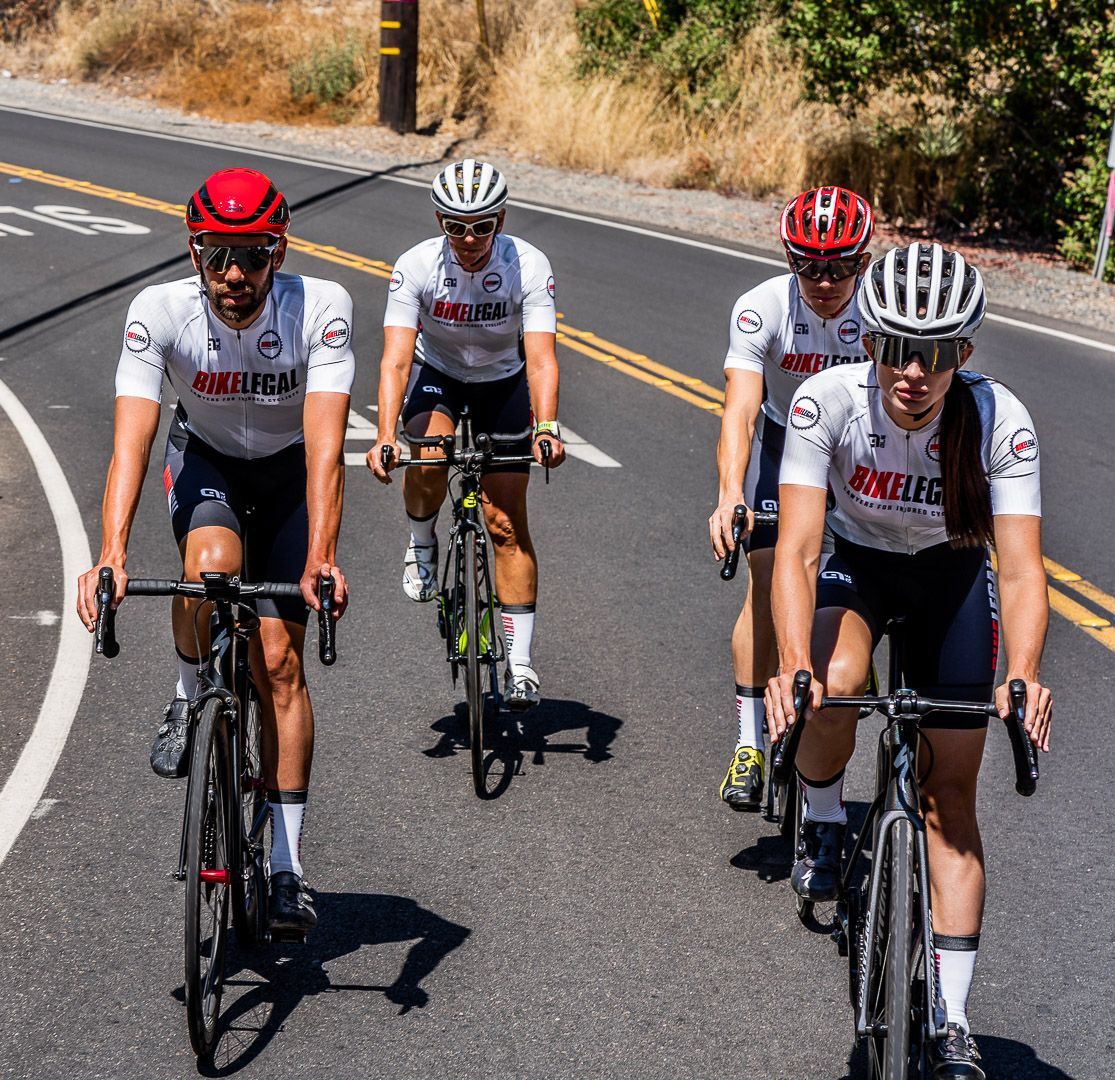Cycling in the Heat: 12 Tips for Staying Cool and Safe
Follow us on
social media!
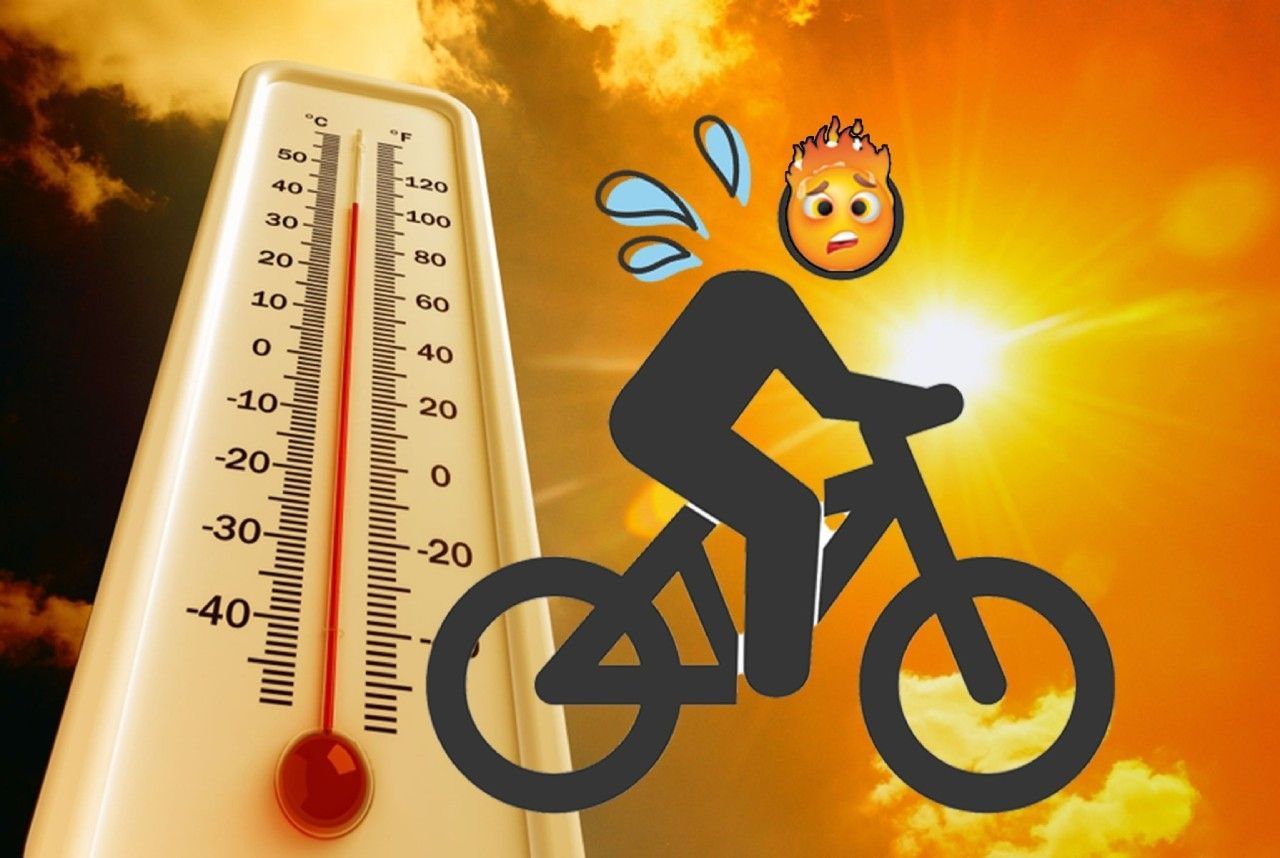
When cycling in hot weather, your body works overtime to cool down, which strains your cardiovascular system. This can lead to fatigue, reduced performance, and even health risks like dehydration and heat stroke.
Heat acclimation - the process of gradually training in higher temperatures over 10-14 days—can help. It lowers your core body temperature, increases sweat rate, and boosts blood plasma volume, all improving your ability to perform in the heat.
Whether you're preparing for a race or enjoying a casual ride, these 12 cycling tips for hot weather will help you stay safe and optimize your performance.
1. Check with Your Doctor Before Training in the Heat
Before starting any training in hot conditions, it’s important to check with your doctor or healthcare provider. They can assess your overall health and ensure that your body can safely adapt to the heat without putting you at risk for serious health issues. This is especially important if you have any pre-existing medical conditions or concerns about your cardiovascular health.
2. Stay Hydrated
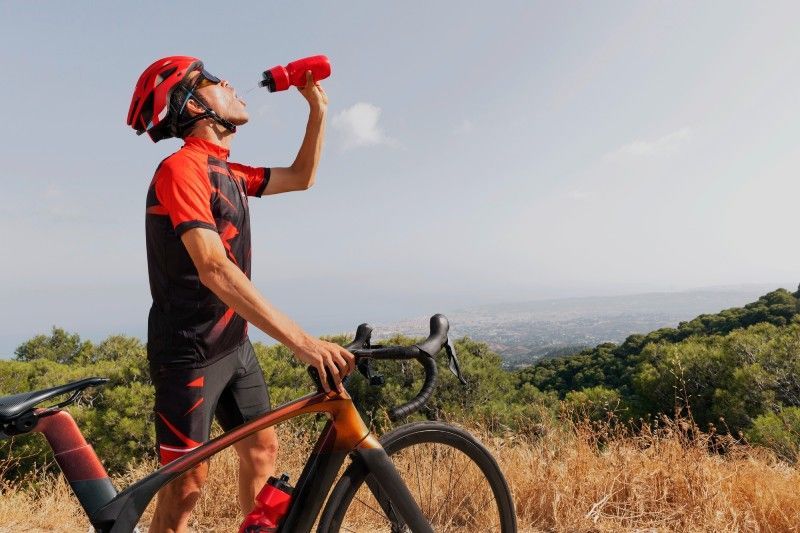
Hydration is critical to avoid heat exhaustion and maintain performance during hot weather riding. Studies show that cycling in 90°F (32°C) heat reduces power output by 6.5% due to dehydration, muscle cramps, and low blood sodium levels (hyponatremia).
- Hydration BEFORE the ride: Hydrate several hours before you set out, preferably 12-24 hours. This pre-hydration helps your body start with adequate fluid levels, making it easier to stay hydrated as the ride progresses.
- Hydration DURING the ride: To stay properly hydrated while cycling, alternate between water and electrolyte drinks. Sip small amounts regularly throughout your ride rather than consuming large quantities at once. This steady intake helps you maintain hydration without feeling bloated. Since sweating causes you to lose both water and essential electrolytes like sodium and potassium, incorporating electrolyte-enhanced beverages will help replenish these vital minerals and prevent conditions such as hyponatremia (low blood sodium levels).
- Hydration AFTER the ride: Post-ride hydration is as essential as pre-ride and during-ride hydration. Continue drinking water and electrolyte drinks after cycling to restore electrolyte levels and aid recovery.
Pro Tip: Monitor your hydration status by paying attention to the urine color. A pale yellow indicates good hydration, while a dark yellow or amber color suggests increasing fluid intake.
3. Wear the Right Gear
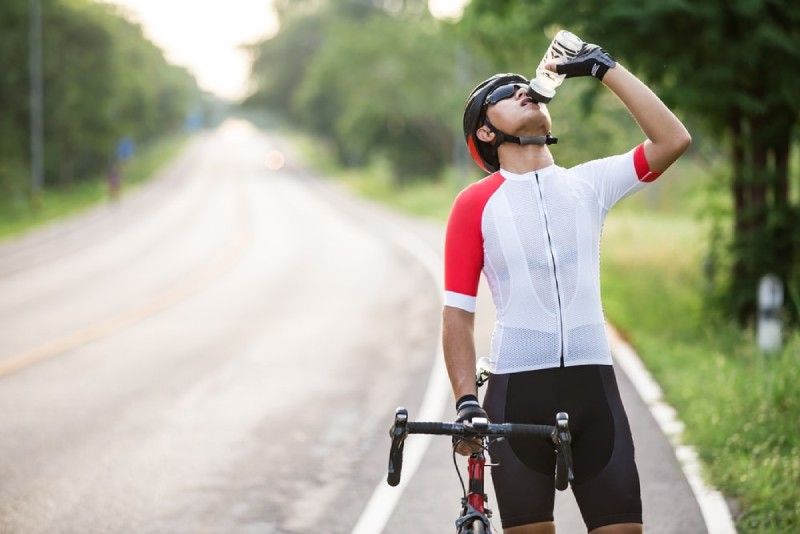
Wearing the right cycling apparel can significantly impact your comfort and temperature regulation on hot days.
- Opt for moisture-wicking fabrics: Lightweight, breathable materials like polyester and nylon wick sweat away from your skin, helping to cool your body through evaporation. Look for gear with mesh panels for added ventilation.
- Wear light colors: Light-colored clothing reflects the sun's rays and keeps your body temperature lower compared to dark fabrics, which absorb heat.
- Ensure a proper fit: Your gear should fit snugly but allow airflow. Avoid overly tight clothing that can restrict circulation and loose garments that may create drag or snag on your bike.
Pro tip: Opt for cycling apparel with a high UPF rating (Ultraviolet Protection Factor). A UPF of 50 means that only 1/50th of the sun’s UV radiation can penetrate the fabric, offering significant protection.
4. Time Your Rides Wisely to Avoid the Hottest Hours
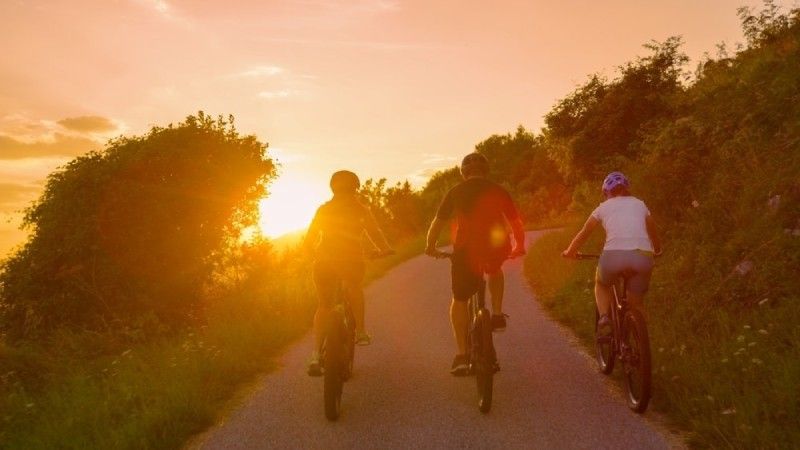
To prevent heat exhaustion and sunburn, schedule your rides outside of the hottest part of the day, typically between 10 AM and 4 PM. Riding during cooler parts of the day—early mornings or late evenings—offers more comfortable conditions.
Plan around sunrise and sunset: Riding just after sunrise or about an hour before sunset lets you enjoy cooler temperatures and beautiful scenery.
Pro tip: Sync your ride with the weather and daylight apps. Use apps that provide real-time updates on temperature changes, the expected time for sunrise and sunset, and even the UV index throughout the day.
5. Use Sun Protection
Cyclists are at a high risk of sunburn, which not only causes discomfort but increases the risk of skin cancer. Protect yourself by using these UV protection strategies:
- Wear UV-blocking sunglasses to shield your eyes from harmful rays.
- Apply broad-spectrum sunscreen with SPF 30 or higher on all exposed skin, and reapply every two hours, especially if you're sweating.
- Wear a cycling cap or bandana under your helmet to provide extra sun protection for your face and neck.
Pro tip: Apply generously on all exposed skin, including the back of your neck, arms, and legs, at least 15 minutes before you head out. Reapply every two hours or more frequently if you're sweating heavily.
6. Gradually Acclimate to Hot Weather
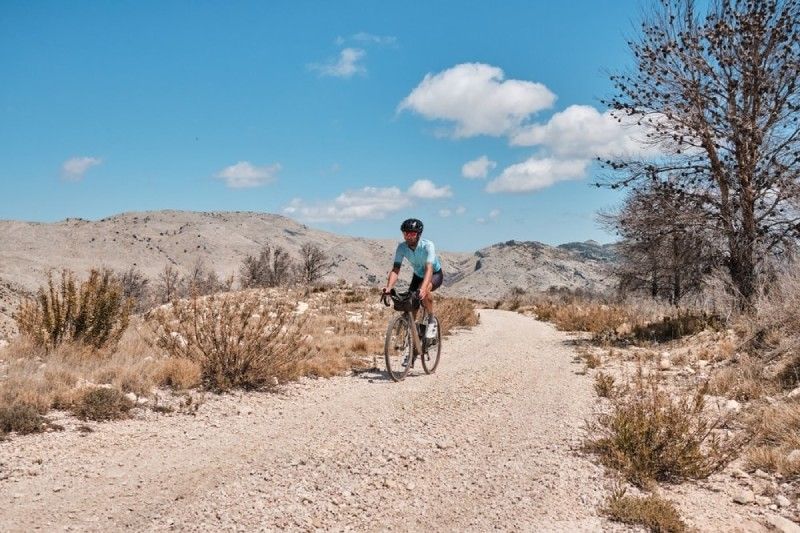
Gradually increasing your ride time and intensity is essential to building a tolerance to hot weather while cycling. Training in the heat for 60-90 minutes per day over 4-10 days can lead to lower resting core temperature, increased sweat rate, greater blood plasma volume, and better heat adaptation.
This process helps your body adapt to the heat, improving your cooling mechanisms and overall cycling performance.
- Start slowly: Begin by cycling for short durations—say 30 minutes—and at a low intensity. Choose the cooler parts of the day, then gradually expose yourself to warmer conditions.
- Incremental increases: Increase your ride time by 10 to 15 minutes every few days as long as you feel comfortable doing so. As you become more accustomed to the heat, slowly increase the intensity of your rides as well.
- Schedule regular breaks: Take short breaks in shaded or cool areas during your rides to prevent overheating. Use these breaks to assess how you’re feeling and hydrate.
Pro tip: Keep a training journal to track your acclimatization progress. Note ride details and how you feel before, during, and after the ride. Adjust your training based on changes in heat tolerance for better performance.
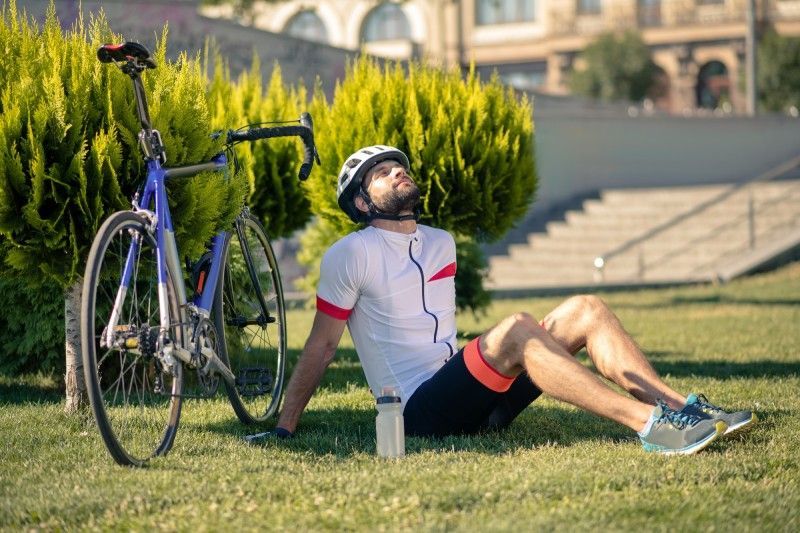
7. Plan Shady Routes
Routes that offer shade and minimal exposure to direct sunlight can significantly improve your riding experience and decrease the risk of heat-related stress.
- Seek out shade: Opt for routes that have plenty of trees or structures providing shade. Parks, wooded areas, or streets lined with large trees can offer respite from the direct sun, keeping you more relaxed as you ride.
- Avoid urban heat islands: Urban areas can become significantly hotter than their rural or suburban counterparts due to the abundance of concrete, asphalt, and minimal vegetation, known as the "urban heat island" effect. Whenever possible, choose paths that take you away from densely built-up areas.
- Avoid high-traffic areas: During peak heat, high-traffic routes can become even hotter due to vehicle heat. Choose quieter streets or dedicated bike paths where possible. This will not only keep you more relaxed but also safer away from vehicle emissions and congestion.
8. Be Prepared for Emergencies
Cycling in hot weather increases the risk of situations requiring emergency preparedness. From dehydration to heatstroke, the potential for emergencies is heightened, making it essential for every cyclist to be well-prepared.
The following strategies will guide you in staying prepared for any unforeseen situations while cycling in the heat:
- Essential tools and supplies: Always carry a basic repair kit that includes a spare inner tube, tire levers, a multi-tool, and a portable bike pump or CO2 inflator. These tools can help you handle common issues like flat tires or loose components, allowing you to make necessary repairs on the go.
- Emergency contact information: Keep a list of easily accessible emergency contacts, both personal and medical. Whenever you ride, inform someone of your route and expected return time. This precaution ensures that someone will be alerted if you do not return as scheduled.
- Communication readiness: A fully charged mobile phone is vital for navigation, weather updates, and emergencies. Ensure your phone is charged, and consider carrying a portable power bank. This will enable you to call for help or access online resources if you encounter unexpected problems.
Pro tip: Adopt the buddy system for long rides in extreme heat. Having someone to assist in case of mechanical issues or health emergencies can be invaluable, ensuring that help is readily available if needed.
9. Train Cool, Bathe Hot

New research reveals that soaking in a hot bath after exercising can significantly improve heat adaptation. This approach, known as "Train Cool, Bathe Hot," helps lower core body temperature and boost endurance in hot weather. While ice baths are often associated with post-exercise recovery, studies now suggest that hot baths may be more effective for athletes training or competing in the heat.
In one study, athletes who soaked in a hot bath for six days after exercise experienced a reduction in both their resting and exercising body temperatures, leading to a 4.9% improvement in performance under hot conditions. This demonstrates that hot baths can help your body better handle the demands of cycling in high temperatures by enhancing heat tolerance and cooling efficiency.
Here’s how to effectively incorporate a hot bath into your routine:
- Optimal timing and temperature: Take a hot bath (around 102 to 104°F) for 20-30 minutes immediately after exercise. This helps your body adapt to heat while allowing for a natural cool-down period after the bath.
- Hydration is key: Since hot baths can lead to dehydration, ensure you drink plenty of fluids before, during, and after the bath to replenish lost water.
- Gradual cool down: After your soak, allow your body to cool naturally. Avoid rapid cooling methods, as this could counteract the heat adaptations you’ve just gained.
By consistently using this method, you may be able train your body to handle higher temperatures more efficiently, making your summer rides more comfortable and your performance more effective.
Pro tip: Pay attention to how your body reacts to this routine over time. Adjust the baths' temperature, duration, and frequency based on personal comfort, performance during rides, and recovery rates.
10. Stay Informed about Heat Alerts
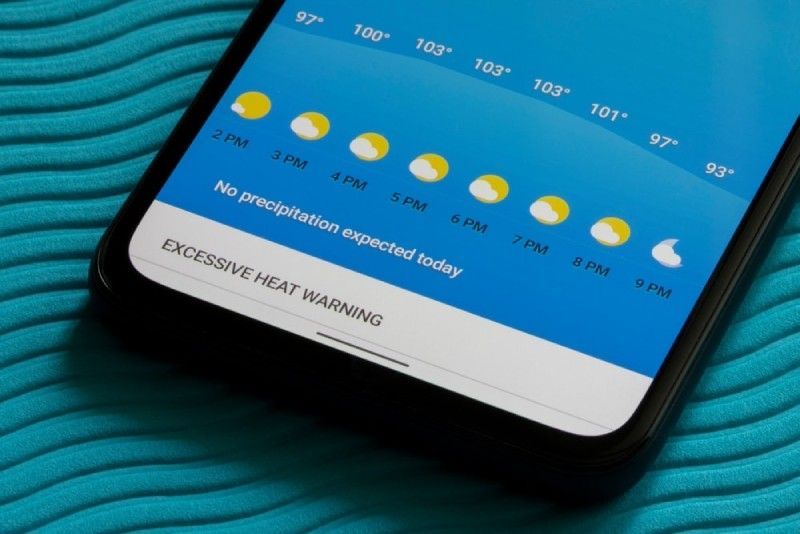
Heat alerts provide critical information on when weather conditions may be dangerous for physical activities. By monitoring these alerts, cyclists can make informed decisions about whether to proceed with their plans, modify their routes, or postpone their rides.
- Use weather apps: Install reliable weather apps on your smartphone that provide real-time updates and heat alerts. Apps like the Weather Channel, AccuWeather, or local news station apps often offer detailed forecasts and can send push notifications for heat advisories.
- Cycling Computer Weather Alerts: Besides tracking your ride and performance, many cycling computers will alert you of inclement weather and heat advisories in your area.
- Listen to local news: Don’t underestimate traditional media; local radio and television newscasts are excellent sources for weather updates. They often provide more localized and detailed weather information that could affect your specific routes.
11. Listen to Your Body and Prevent Heat Stroke
Cycling in hot weather puts extra strain on your body, and paying attention to how your body reacts is crucial. Ignoring early signs of heat stress can lead to serious conditions like heat exhaustion or heat stroke, which require immediate attention.
Key Signs to Watch For:
- Excessive sweating: While sweating helps cool your body, excessive sweating can lead to dehydration. Rehydrate promptly to avoid further issues.
- Muscle cramps and fatigue: Cramps and unusual tiredness are early signs of dehydration and heat-related illness. Stop, rest, and hydrate immediately.
- Dizziness and rapid heartbeat: Feeling dizzy or having a fast, irregular heartbeat may signal heat exhaustion or dehydration. Move to a cool area and drink fluids.
- Nausea and headaches: These can be symptoms of heat stroke, a dangerous condition that demands urgent cooling and hydration. Seek medical help if these symptoms occur.
Recognizing Heat Stroke
Heat stroke happens when your body can no longer regulate its temperature, leading to a dangerous rise in core body heat.
Symptoms of Heat Stroke:
- High body temperature (above 104°F)
- Dizziness or confusion
- Lack of sweating despite the heat
- Nausea or vomiting
- Rapid heart rate
- Severe headache
What to Do:
- Stop immediately: Move to a cool, shaded area.
- Cool down: Use cold water, ice packs, or damp towels on areas like your neck and armpits.
- Hydrate: Drink water or an electrolyte drink.
- Seek medical help: Heat stroke is a medical emergency; if symptoms persist, call for assistance right away.
Preventing Heat Stroke:
- Acclimate gradually: Increase your exposure to heat over time to help your body adapt.
- Stay hydrated: Drink water and electrolytes before, during, and after your ride.
- Listen to your body: Stop riding at the first signs of heat stress, and take regular breaks in shaded areas.
Pro Tip: Carry a basic first aid kit with supplies like electrolyte packets, bandages, and a cool compress for treating minor issues on the go.
12. Eat Light
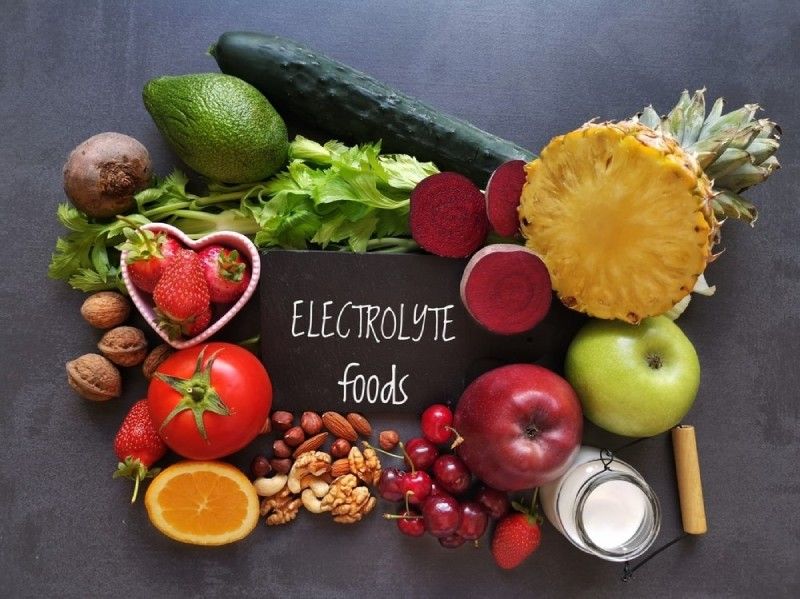
Cycling on a hot day demands physical endurance and smart nutrition choices. Eating heavy meals before or during a ride can increase your body temperature and lead to discomfort, as digestion requires energy and generates heat.
Opting for lighter fare can help maintain energy levels without overburdening your digestive system. This approach keeps you cooler and enhances your performance and comfort during the ride.
Some strategies to help you stay energized on hotter days are:
- Choose easily digestible foods: Opt for foods that are easy to digest. Heavy, fatty, or overly spicy foods can increase metabolic heat and lead to gastrointestinal discomfort. Instead, select carbohydrates that provide quick energy without taxing your stomach. Good options include:
- Bananas
- Applesauce
- Cooked white rice
- Energy bars are specifically designed for endurance sports.
- Hydrate well with nutrient-dense fluids: Incorporate protein smoothies or liquid meal supplements into your pre-ride or mid-ride nutrition. These can provide necessary nutrients and help maintain hydration levels. Ingredients like yogurt, berries, and a scoop of protein powder can offer a balanced mix of carbs, protein, and fats.
- Time your meals and snacks: Plan to eat a substantial meal about 2-3 hours before your ride. This allows your body to digest the meal and convert it into usable energy. If you need a snack closer to your ride, opt for a granola bar or a piece of fruit about 30 minutes before you depart.
- Monitor your salt intake: While it's important not to overeat, having a small amount of salt can be beneficial. Consider snacks that balance salts and minerals, like salted nuts or electrolyte-infused sports drinks. This can help prevent hyponatremia (low blood sodium), which can occur from drinking too much water without adequate electrolyte replacement.
Pro tip: Pack energy gels or chews when you ride. These products are designed to be digested quickly, provide a rapid energy boost, and are less likely to cause stomach discomfort in the heat.
Mastering Hot Weather Cycling for Peak Performance and Safety
Mastering the art of cycling in hot weather involves proper planning, hydration, sun protection, and listening to your body. By following these 12 tips for cycling in the heat, you can optimize your performance, stay safe, and enjoy your rides—even in challenging temperatures.
Key takeaways:
- Maintaining adequate hydration throughout the ride is essential.
- Choosing the right apparel can impact comfort and temperature regulation.
- Scheduling rides during cooler times of the day can help avoid the intense heat.
- Implementing proper sun protection measures is crucial for long-term health.
- Gradually acclimating to hot conditions can enhance physiological tolerance and performance.
- Carefully planning routes to optimize shade and reduce heat exposure to maximize safety and enjoyment.
Need Legal Advice Tailored to Cyclists? Contact Bike Legal Today
As you take on the challenges of cycling in the heat, it's also important to be prepared for any legal uncertainties that may arise on the road. Whether it's a traffic incident or a dispute over cycling rights, Bike Legal can provide peace of mind and protection.
At Bike Legal, our attorneys specialize in bicycle accidents, excel in insurance negotiations, and offer top-tier legal guidance.
For a free consultation with our expert bicycle accident lawyers, please complete our contact form or call us today at 877-BIKE LEGAL (877-245-3534)
